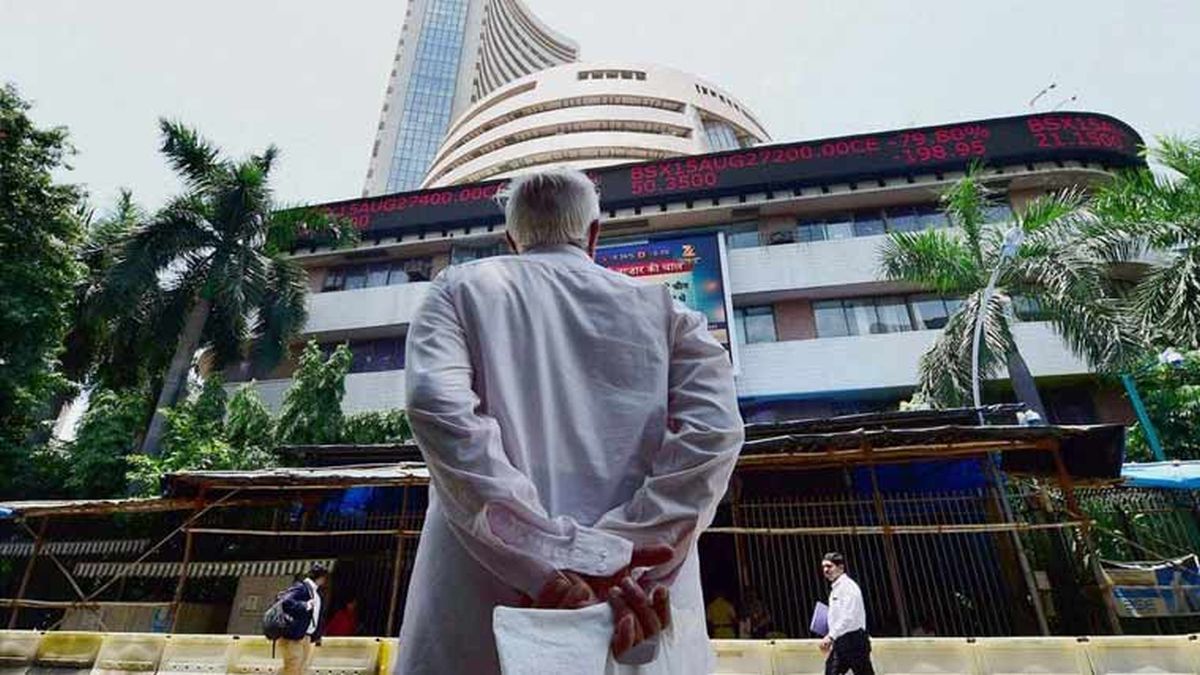While Justin Trudeau’s government is eyeing India warily amid a deterioration in diplomatic relations, Canada’s pension funds have thus far remained unmoved.
India and Canada ties hit a new low after Ottawa indicated to New Delhi that its high commissioner and other officials are persons of interest in the investigation of the killing of Hardeep Singh Nijjar.
The two countries have since expelled each other’s diplomats and New Delhi has downgraded ties with Ottawa.
However that hasn’t affected Canada’s pension funds – who continue to invest in the Indian stock market.
But how are Indian stock markets helping Canadians retire in peace?
Let’s take a closer look:
As of September 30, Canada has around Rs 1.98 lakh crore invested in Indian equities, according to the Economic Times.
The Canada Pension Plan Investment Board (CPPIB) remains the largest investor in India from that country.
This despite it decreasing its exposure to Indian stocks over the past year.
Other funds including Caisse de Depot et Placement du Quebec (CDPQ) and British Columbia Investment Management have kept their holdings intact.
Fortune quoted ratings agency ICRA as saying that Canadian pension funds had as of March 2023 invested more than $55 billion in India.
According to Business Standard, Canadian pension funds remain invested in a few key sectors.
These include renewable energy, technology, infrastructure and financial services.
Canada is the 18th largest foreign investor in India, according to the National Investment Promotion & Facilitation Agency (Invest India).
Ottawa’s cumulative investments in India amount to $3.31 billion from 2020-2021 to 2022-2023.
Canadian investments comprise .5 per cent of India’s foreign direct investment (FDI).
Off these, 41 per cent are in services and infrastructure.
Canadian pension funds accounted for 30 per cent of all inflow to the Asia Pacific region between 2003 and 2023.
According to the Economic Times, the funds comprised nearly half of the investment from Canada into the Asia-Pacific between 2019 and 2023.
Investment from Canada into India peaked in 2021 at $15.97 billion.
It has since declined to $5.8 billion in 2022 and $1.89 billion in 2023, the Investment Monitor Report 2024 was quoted as showing by Business Standard.
“Given that investments generally involve long-term commitments of capital, Canadian investors, like investors in other countries, previously exercised some degree of caution with respect to India,” an analysis published by the Asia Pacific Foundation of Canada in June stated as per Economic Times.
“However, the BJP government’s economic liberalization policies have opened up a variety of sectors to foreign direct investment (FDI) over the past decade, such as infrastructure and food processing. Canadian companies responded to this opportunity, and consequently, Canada and India invested around C$36.5 billion in each other’s economies from 2014 to 2023, growing from C$1.55 billion in 2014 to C$3.9 billion in 2023.”
“Canada’s investment in India hit an all-time high in 2020 with Brookfield Asset Management’s $2 billion acquisition of RMZ Corp, India’s largest realty portfolio," the article added.
Around 57 per cent of Canadian investments in India have been in real estate, financial services and industrial transportation from 2013 to 2023.
Canada has also invested in infrastructure and renewable energy.
The Ontario Municipal Employees Retirement System’s $134 million investment in IndInfravit Trust’s toll road portfolio and the Canada Pension Plan Investment Board’s $205 million investment in the National Highways Infra Trust are just some examples.
The Ontario Teachers’ Pension Plan Board has also invested around $495 million in several projects including infrastructure, as per Business Standard.
Canadian pension funds have good reason for investing in India.
As Deepak Dara, senior managing director, Ontario Teacher’s Pension Plan, explained to Fortune India, “Ontario Teachers’ is a mature pension fund, which means it’s a defined benefit plan. People are working for a lesser number of years and, and living for longer, and that creates a challenge. If you’re a mature programme, and the ratio is 1.2 to 1 (or every 1.2 people contributing to the pension plan, there is one person drawing a pension), which means you need to go higher up the risk curve to generate returns, but in a way that is sustainable.”
Bruce Crane, who leads OTPP’s investment activities and portfolio management across APAC, added, “As India’s economy grows, so will the usage of these assets, thus enhancing their profitability. Besides, the government’s support for renewable energy and infra creation, along with its openness to foreign capital, makes India an attractive destination.”
In the end, it seems like Canadian firms, despite what its government says, will remain invested in the India growth story.
With input from agencies


)

)
)
)
)
)
)
)
)



